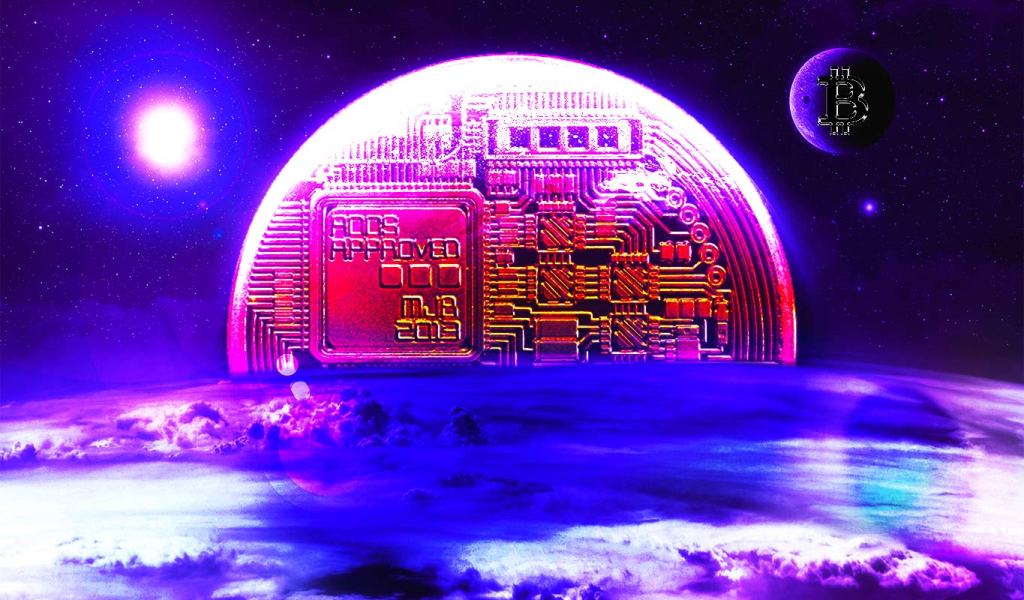
Blockchain games have historically battled to gain mainstream attention, but Illuvium’s listing on the Epic Games Store could change the narrative.
Blockchain-based game Illuvium is set to tap into an audience of millions of PC and mobile gamers with its upcoming listing on the Epic Games Store, which is home to massively popular titles like Fortnite.
Illuvium, an interoperable blockchain game developed by Illuvium Labs, will feature on Epic’s store from Nov. 28, following several months of background work to get the title to meet its standards.
Speaking exclusively to Cointelegraph ahead of the Epic launch, Illuvium co-founder Kieran Warwick outlines the evolution of the game in order to cater to a mainstream audience and comply with the platform’s legal and compatibility requirements:
“The result of these efforts has not only earned Illuvium a place on a leading gaming platform but has also evolved our product.”
The game was developed using Unreal Engine 5 on the Immutable X network. Its beta launch on Epic Games will feature three different game genres set within the Illuvium universe.
This includes Overworld, an open-world exploration game and “creature capturer reminiscent of beloved classics,” an auto battler strategy game called Arena and Zero, and a mobile and desktop city-builder that ties into the other titles. Warwick says its approach of building separate genres and game modes aims to attract a wider audience of gamers.
“By launching three different games in three different genres, we have significantly increased our addressable market. The only issue is it has taken much longer to get to this point,” Warwick adds.
Given that blockchain games featuring nonfungible token (NFT) elements have struggled to break into the mainstream, Warwick’s team has adapted its approach to onboard more users. He highlights the barrier to entry for non-Web3 native gamers as a key reason for the slow adoption of blockchain games:
“One of the most frustrating things about NFT games is the notion that you need a wallet and a ton of money just to try out the game. We have removed the need for wallets, and it’s free to play. We think this is the only way to get mainstream adoption.”
As Cointelegraph recently reported, Web3 venture capital firms like Animoca Brands have highlighted the hesitance of mainstream game publishers to list games that incorporate Web3 infrastructure.
Animoca Brands CEO Robby Yung previously suggested that mainstream players remain uncertain about the inherent implications, fearing that Web3 integration would bypass existing business models that rely on fees for distribution.
Related: ‘The social benefits are huge’: Web3 gaming to shift digital ownership
Warwick echoes these sentiments, saying that this prevailing attitude is influenced by a variety of factors. One factor is game design integrity, with some critics suggesting that including NFTs could lead to pay-to-win mechanics or negatively affect the game design by prioritizing monetization over player experience.
Regulatory concerns are another consideration, with Warwick highlighting that blockchain technology and NFTs remain “in a gray area in many regions.”
“Games with NFT functionality could run into trouble with regulators that could affect their viability and legality.”
The volatility of cryptocurrency markets and NFTs is another hurdle that concerns mainstream publishers, as well as the perceived prevalence of fraud.
Nevertheless, Illuvium’s upcoming listing bodes well for the wider blockchain gaming industry. Warwick describes it as a major milestone as their title steps onto the same platform as some of the most popular mainstream games in recent years.
“This is a huge step forward. People have been saying for years that Web3 gaming is the next big thing in the crypto space,” Warwick concludes.
Web3 gaming investors have adopted a more measured approach to backing early-stage studios building blockchain games over the past year. This has been necessitated by the effects of a lengthy cryptocurrency bear market, which has called for greater due diligence from industry venture capitalists.
Magazine: Blockchain games take on the mainstream: Here’s how they can win

















